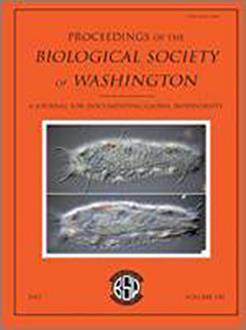Acropora prolifera is an ecologically distinctive western Atlantic reef-building coral that originates from hybridization and back-crossing between A. palmata and A. cervicornis. It has been suggested that A. prolifera might be a recent product of precipitous decline in the abundance of the two parent species, forcing hybridization where both it and its product might not otherwise be prevalent phenomena. We present evidence that A. prolifera has a fossil record dating back to at least the late Pleistocene, and that it was ecologically significant prior to the region-wide die-back of acroporid corals. These data, when taken collectively, reveal that hybridization in the Caribbean acroporids is historically rooted and not a recent artifact of changes in Caribbean reef ecology. It is becoming apparent that hybrid taxa likely play an important but underappreciated role in coral reef ecology and reef-building more generally. This is consistent with recent recognition that interspecific hybridization can drive evolutionary innovation and cladogenesis in animals as well as plants.
How to translate text using browser tools
17 April 2019
Fossil Acropora prolifera (Lamarck, 1816) reveals coral hybridization is not only a recent phenomenon
William F. Precht,
Stephen V. Vollmer,
Alexander B. Modys,
Les Kaufman
ACCESS THE FULL ARTICLE
It is not available for individual sale.
This article is only available to subscribers.
It is not available for individual sale.
It is not available for individual sale.
A. cervicornis
Acropora palmata
Coral
hybrid





